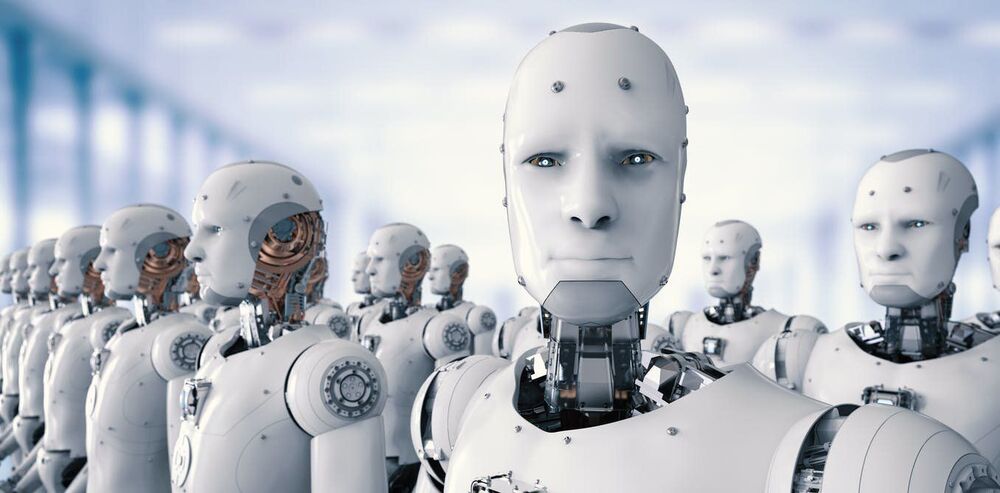In a new report on Science Advances, Mark Elowitz, and a team of scientists in physical sciences, optical physics, planetary science and radiation research in the U.S., U.K., India, and Taiwan, presented the first analysis of far-ultraviolet reflectance spectra of regions on Rhea’s leading and trailing hemispheres—as collected by the Cassini ultraviolet imaging spectrograph during targeted flybys. In this work, they specifically aimed to explain the unidentified broad absorption feature centered near 184 nanometers of the resulting spectra. Using laboratory measurements of the UV spectroscopy of a set of molecules, Elowitz et al. found a good fit to Rhea’s spectra with both hydrazine monohydrate and several chlorine-containing molecules. They showed hydrazine monohydrate to be the most plausible candidate to explain the absorption feature at 184 nm.







